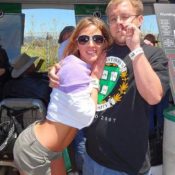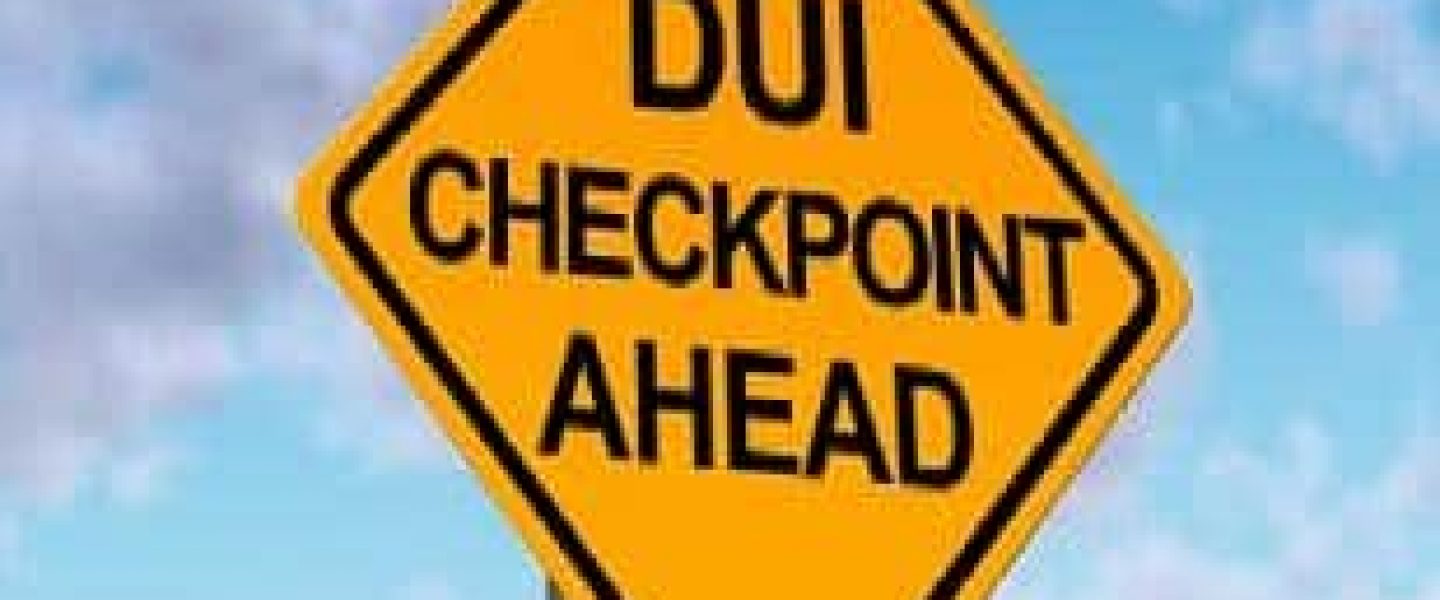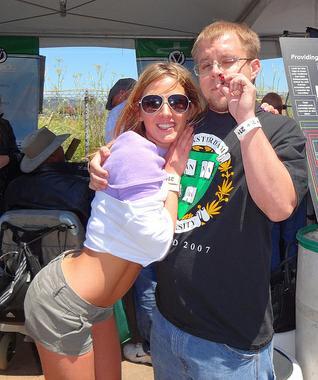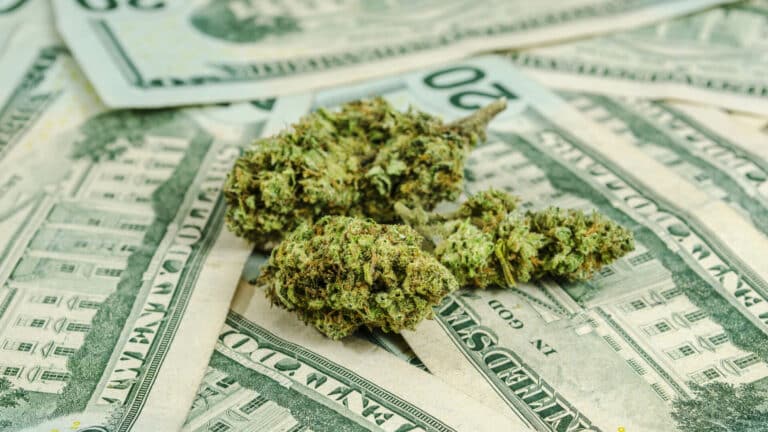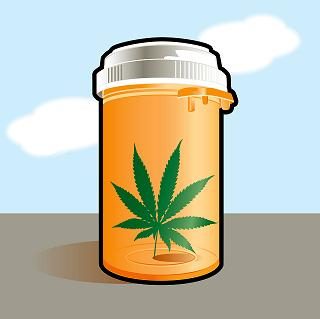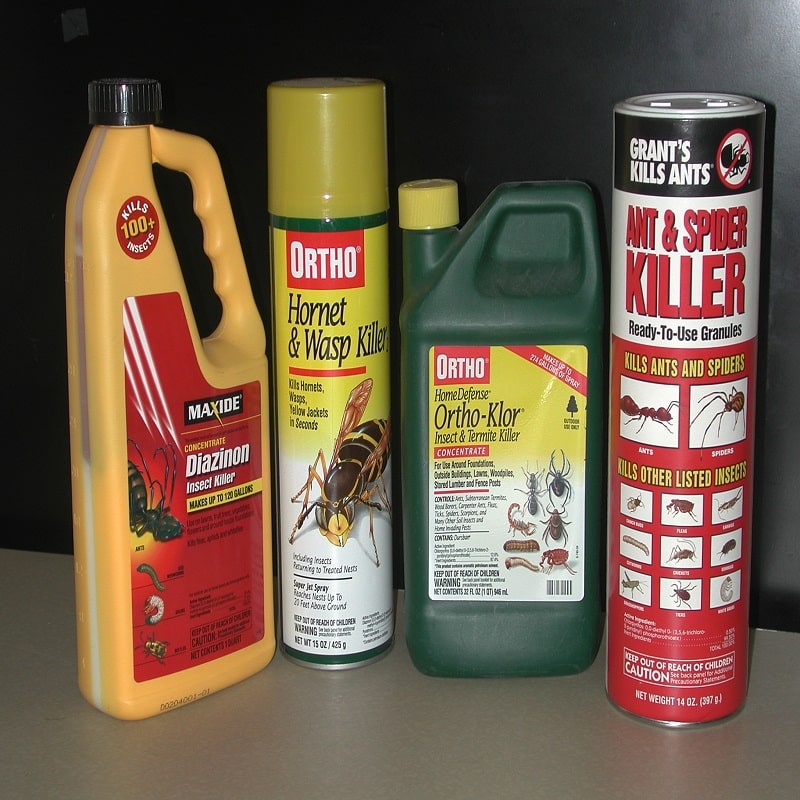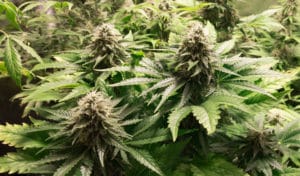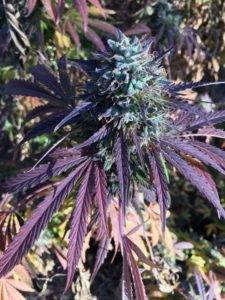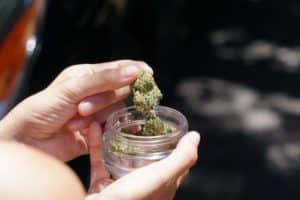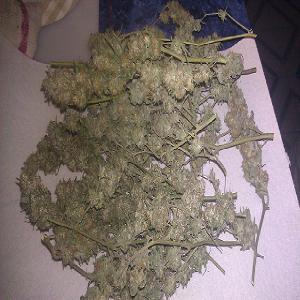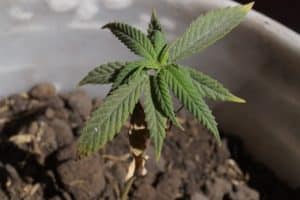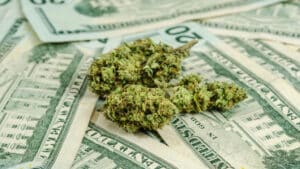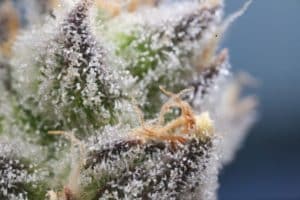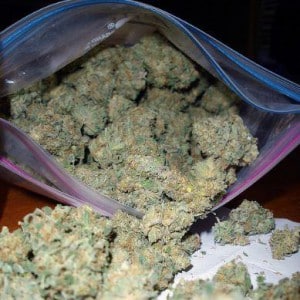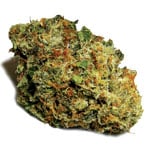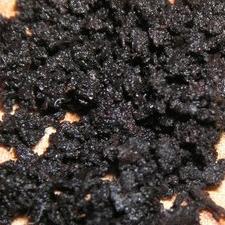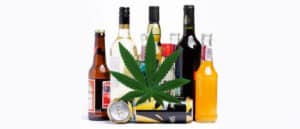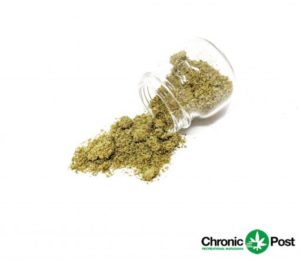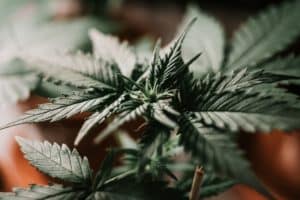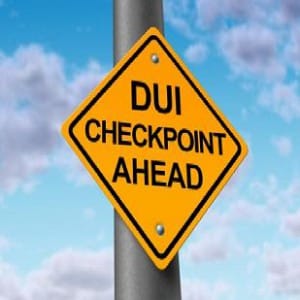 California Assembly Torres Is Insane
California Assembly Torres Is Insane
Norma Torres’ California Assembly Bill 2552 is the worst piece of anti-marijuana legislation that I have seen since we started this site. To quote David Goldman from American’s for Safe Access’ San Francisco Chapter, “If there is ever a time to fight back and oppose a legislative act, it is now. Assembly Member Torres seeks to criminalize all cannabis consumers who drive. This bill will in effect place approximately 1/2 of the population at risk of a DUI conviction without any symptoms of intoxication.”
Dale Gieringer from California’s NORML chapter stated, “There is no scientific basis for zero-tolerance DUI standards. To begin with, there is no relationship between impairment and the presence of cannabinoids in urine. Secondly, there is no relationship between impairment and the presence of non-psychoactive cannabinoid metabolites in blood. Third, there is extensive evidence that safe driving is not incompatible with low levels of active THC in the blood.”
California is in the middle of the worst budget crisis it has ever seen; anyone who has driven on California freeways will tell you that! So why in the f is Norma Torres trying to place one of the largest financial burdens onto an already broken system? As David Goldman pointed out, this will effect an enormous amount of the California population. Extra law enforcement costs, drug testing costs, judicial system costs, etc. that adds up, and doesn’t even begin to add in the cost to the convicted person’s life for being labeled a ‘criminal’ despite the fact that they weren’t proven to be impaired.
There has been a lot of heated debate over Washington I-502’s DUI requirement. California AB 2552 goes far beyond the requirement that would result in California AB 2552, in that there can’t be ANY marijuana in your system. With as much marijuana as I smoke, and as many medibles as I eat, it would take up to 6 weeks to get my levels down to nothing. This is based off of my best friend who had to go through diversion. He consumed as much as I do, is of similar size, and it wasn’t until the sixth UA that he was completely clean. I drive through California from time to time and I’d hate to get a DUI just because I smoked marijuana over a month ago in my living room in Oregon. Like I said in the title, insane.
Below is the language of the bill. Please read it over, and make sure to leave a note on California Assembly Member Norma Torres’ Facebook page and tell her your thoughts (Section 2 was not on the bill??):
AB 2552, as introduced, Torres. Driving under the influence.
Existing law prohibits a person who is under the influence of any alcoholic beverage or drug, or under the combined influence of any alcoholic beverage and drug to drive a vehicle.
This bill would make it a crime for a person who has any level of cannabinoids or synthetic cannabinoid compound, as defined, in his or her blood or urine to drive a vehicle. This bill would establish a rebuttable presumption that a person had cannabinoids or synthetic cannabinoid compound in his or her blood or urine at the time he or she drove a vehicle if the substance is present in his or her blood or urine at the time of a chemical test performed within three hours after driving. This bill would impose a state-mandated local program by expanding the definition of a crime.
The California Constitution requires the state to reimburse local agencies and school districts for certain costs mandated by the state. Statutory provisions establish procedures for making that reimbursement.
This bill would provide that no reimbursement is required by this act for a specified reason.
Vote: majority. Appropriation: no. Fiscal committee: yes. State-mandated local program: yes.
THE PEOPLE OF THE STATE OF CALIFORNIA DO ENACT AS FOLLOWS:
SECTION 1. Section 23152 of the Vehicle Code, as amended by Section 31 of Chapter 455 of the Statutes of 1995, is amended to
read:
23152. (a) It is unlawful for any person who is under the influence of any alcoholic beverage or drug, or under the combined influence of any alcoholic beverage and drug, to drive a vehicle.
(b) It is unlawful for any person who has 0.08 percent or more, by weight, of alcohol in his or her blood to drive a vehicle. For purposes of this article and Section 34501.16, percent, by weight, of alcohol in a person’s blood is based upon grams of alcohol per 100 milliliters of blood or grams of alcohol per 210 liters of breath. In any prosecution under this subdivision, it is a rebuttable presumption that the person had 0.08 percent or more, by weight, of alcohol in his or her blood at the time of driving the vehicle if the person had 0.08 percent or more, by weight, of alcohol in his or her blood at the time of the performance of a chemical test within three hours after the driving.
(c) It is unlawful for any person who is addicted to the use of any drug to drive a vehicle. This subdivision shall not apply to a person who is participating in a narcotic treatment program approved pursuant to Article 3 (commencing with Section 11875) of Chapter 1 of Part 3 of Division 10.5 of the Health and Safety Code.
(d) It is unlawful for any person who has 0.04 percent or more, by weight, of alcohol in his or her blood to drive a commercial motor vehicle, as defined in Section 15210. In any prosecution under this subdivision, it is a rebuttable presumption that the person had 0.04 percent or more, by weight, of alcohol in his or her blood at the time of driving the vehicle if the person had 0.04 percent or more, by weight, of alcohol in his or her blood at the time of the performance of a chemical test within three hours after the driving.
(e) This section shall become operative on January 1, 1992, and shall remain operative until the director determines that federal regulations adopted pursuant to the Commercial Motor Vehicle Safety Act of 1986 (49 U.S.C. Sec. 2701 et seq.) contained in Section 383.51 or 391.15 of Title 49 of the Code of Federal Regulations do not require the state to prohibit operation of commercial vehicles when the operator has a concentration of alcohol in his or her blood of 0.04 percent by weight or more.
(f) The director shall submit a notice of the determination under subdivision
(e) to the Secretary of State, and this section shall be repealed upon the receipt of that notice by the Secretary of State.
(g) It is unlawful for any person who has any level of cannabinoids or synthetic cannabinoid compound in his or her blood or urine to drive a vehicle. For purposes of this subdivision, “synthetic cannabinoid compound” has the same meaning as defined in Section 11357.5 of the Health and Safety Code. For purposes of this subdivision, it is a rebuttable presumption that a cannabinoid or synthetic cannabinoid compound is in a person’s blood or urine at the time of driving the vehicle if the substance is present at the time of the performance of a chemical test within three hours after driving.
SEC. 3. Section 23152 of the Vehicle Code, as amended by Section 32 of Chapter 455 of the Statutes of 1995, is amended to read:
23152. (a) It is unlawful for any person who is under the influence of any alcoholic beverage or drug, or under the combined
influence of any alcoholic beverage and drug, to drive a vehicle.
(b) It is unlawful for any person who has 0.08 percent or more, by weight, of alcohol in his or her blood to drive a vehicle. For purposes of this article and Section 34501.16, percent, by weight, of alcohol in a person’s blood is based upon grams of alcohol per 100 milliliters of blood or grams of alcohol per 210 liters of breath. In any prosecution under this subdivision, it is a rebuttable presumption that the person had 0.08 percent or more, by weight, of alcohol in his or her blood at the time of driving the vehicle if the person had 0.08 percent or more, by weight, of alcohol in his or her blood at the time of the performance of a chemical test within three hours after the driving.
(c) It is unlawful for any person who is addicted to the use of any drug to drive a vehicle. This subdivision shall not apply to a person who is participating in a narcotic treatment program approved pursuant to Article 3 (commencing with Section 11875) of Chapter 1 of Part 3 of Division 10.5 of the Health and Safety Code.
(d) It is unlawful for any person who has any level of cannabinoids or synthetic cannabinoid compound in his or her blood or urine to drive a vehicle. For purposes of this subdivision, “synthetic cannabinoid compound” has the same meaning as defined in Section 11357.5 of the Health and Safety Code. For purposes of this subdivision, it is a rebuttable presumption that a cannabinoid or synthetic cannabinoid compound is in a person’s blood or urine at the time of driving the vehicle if the substance is present at the time of the performance of a chemical test within three hours after driving.
(e) This section shall become operative only upon the receipt by the Secretary of State of the notice specified in subdivision (f) of Section 23152, as added by Section 25 of Chapter 1114 of the Statutes of 1989.
SEC. 4. No reimbursement is required by this act pursuant to Section 6 of Article XIII B of the California Constitution because the only costs that may be incurred by a local agency or school district will be incurred because this act creates a new crime or infraction, eliminates a crime or infraction, or changes the penalty for a crime or infraction, within the meaning of Section 17556 of the Government Code, or changes the definition of a crime within the meaning of Section 6 of Article XIII B of the California Constitution.

